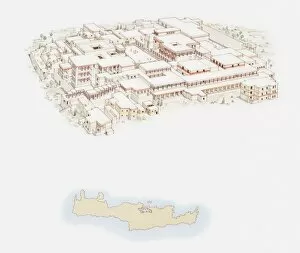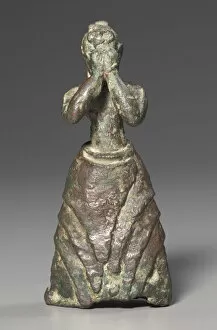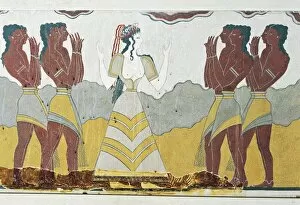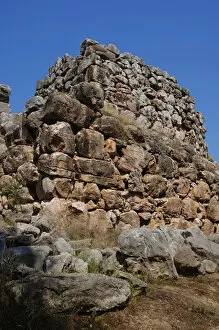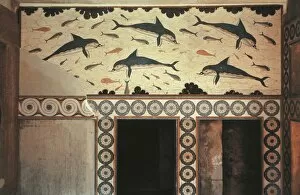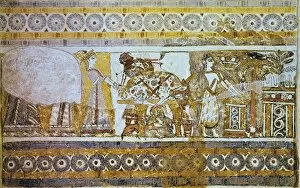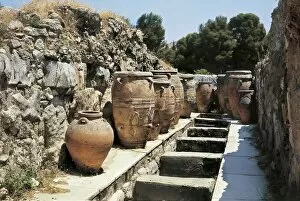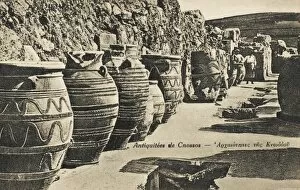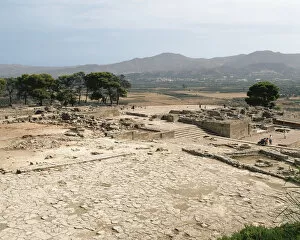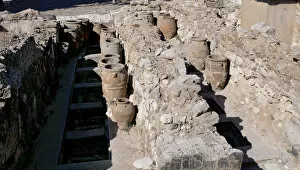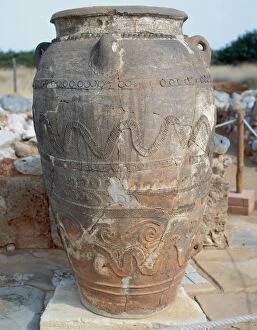Minoan Collection (page 6)
Discover the captivating world of the Minoans, an ancient civilization that thrived in Greece, specifically on the island of Crete
For sale as Licensed Images
Choose your image, Select your licence and Download the media
Discover the captivating world of the Minoans, an ancient civilization that thrived in Greece, specifically on the island of Crete. Step into history as you gaze upon the mesmerizing Fresco Three Minoan Women at Knossos Palace, a remarkable piece of art depicting three elegant women adorned in vibrant colors. This masterpiece transports you back to a time when this palace was bustling with life and culture. As you explore further, immerse yourself in the enchanting beauty of The Blue Bird fresco from Knossos, dating back to the 17th-14th century BC. Its intricate details and vivid hues showcase the artistic prowess of these ancient people. Another notable artwork is Prince of the Lilies, showcasing their love for nature and symbolism. Venture into Europe's oldest city at Knossos Palace, where The Queens Bath stands as a testament to its rich history dating back to 2000 BC. Marvel at its architectural marvels and imagine what life would have been like during those times. The Dolphin fresco adds a touch of whimsy to your journey through Minoan art. These graceful creatures were revered by this civilization for their symbolism and connection with nature. And speaking of dolphins they can also depicted in various mural paintings found amidst the ruins at this archaeological site. Explore further among the remnants of Knossos' palace ruins - witness firsthand how this once-thriving Bronze Age city has stood against time. As you wander through these ancient walls, let your imagination run wild as you envision daily life within these grand structures. Uncover more about this fascinating civilization known as Minoan Ladies who left behind an indelible mark on Crete's cultural heritage. Their contributions can be seen not only in their artwork but also in their societal roles and advancements. Embark on an unforgettable journey through time as you delve into Minoan history amidst these awe-inspiring relics scattered across Crete.


